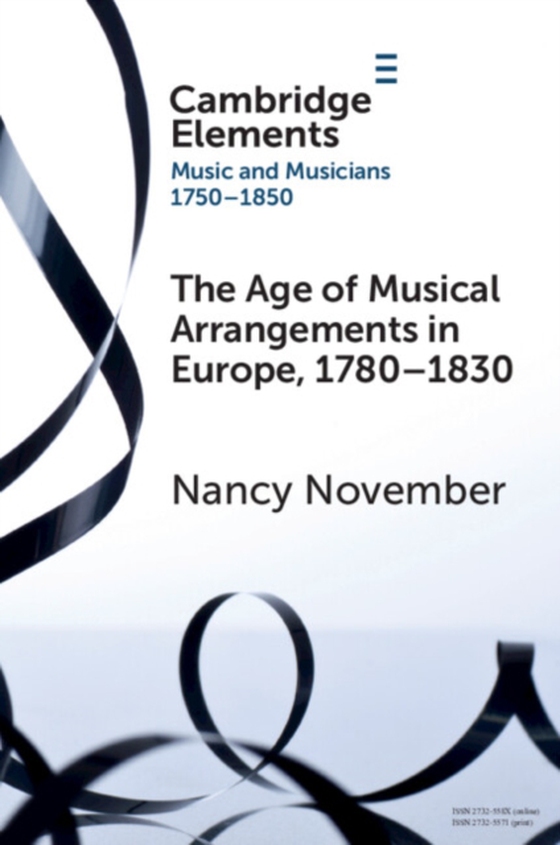
Age of Musical Arrangements in Europe e-bog
165,78 DKK
(inkl. moms 207,22 DKK)
This Element considers the art and culture of arranging music in Europe in the period 1780-1830, using Haydn's London symphonies and Mozart's operas as its principal examples. The degree to which musical arrangements shaped the social, musical, and ideological landscape in this era deserves further attention. This Element focuses on Vienna, and an important era in the culture of arrangements in...
E-bog
165,78 DKK
Forlag
Cambridge University Press
Udgivet
31 august 2023
Genrer
1DF
Sprog
English
Format
epub
Beskyttelse
LCP
ISBN
9781108944397
This Element considers the art and culture of arranging music in Europe in the period 1780-1830, using Haydn's London symphonies and Mozart's operas as its principal examples. The degree to which musical arrangements shaped the social, musical, and ideological landscape in this era deserves further attention. This Element focuses on Vienna, and an important era in the culture of arrangements in which they were widely and variously cultivated, and in which canon formation and the conception of musical works underwent crucial development. Piano transcriptions (for two hands, four hands, and two pianos) became ever more prominent, completely taking over the field after 1850. For various reasons, principal composers of the era under consideration, including Haydn, Mozart, and Beethoven, participated directly in the practice of arrangement. Motivations to produce arrangements included learning the art of composition, getting one's name known more widely, financial gain, and pedagogical aims.
 Dansk
Dansk

